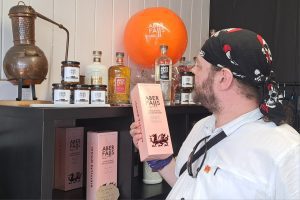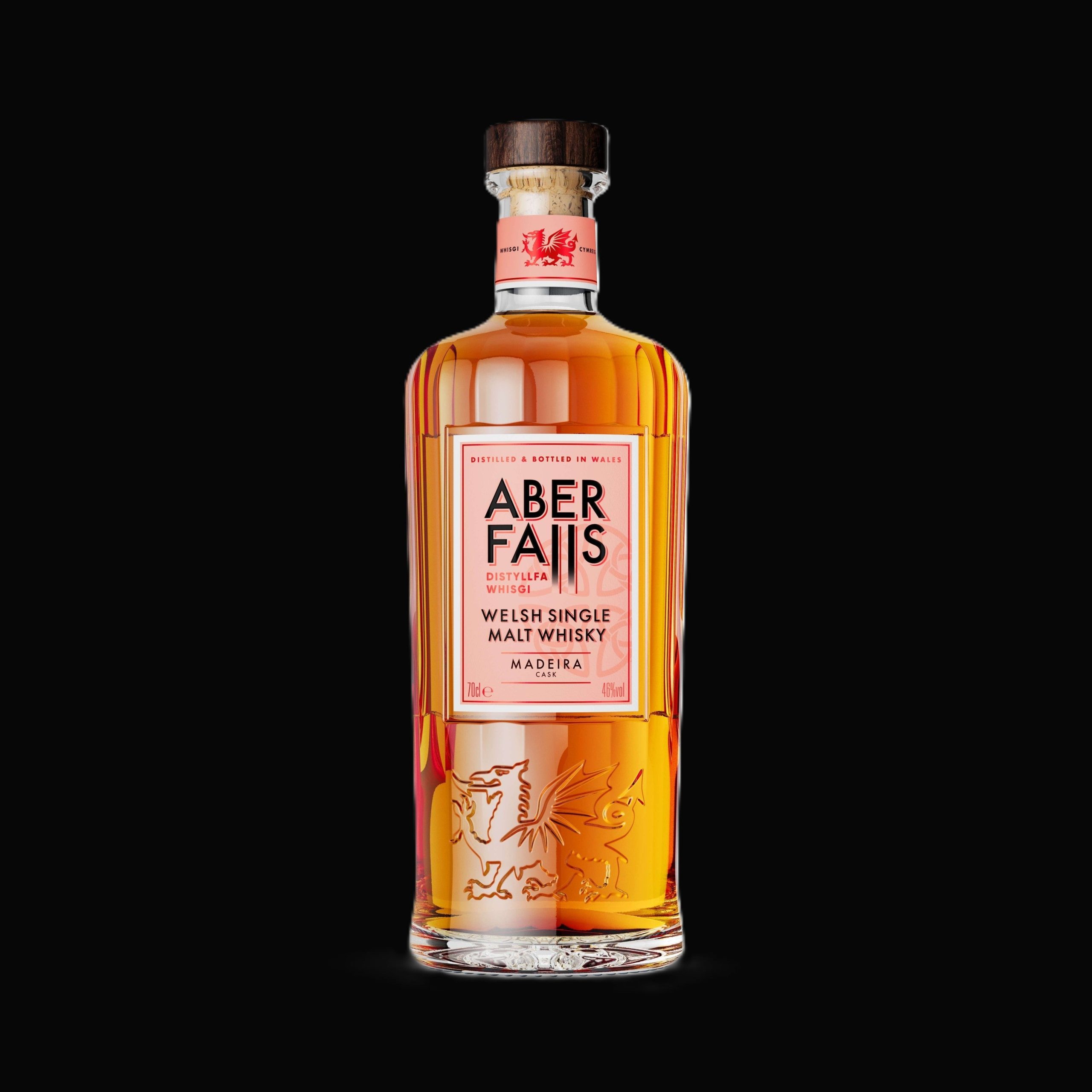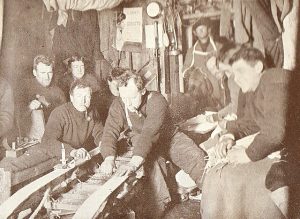Good old reliable Black Bottle.
This stuff used to be ideal if you wanted a decent punch of smoke onna budget. It’s readily available in supermarkets, but with a distinct peaty authority to it. The scuttlebutt at the time was that over 50% of the components were Islay whiskies, and it had a unique character that you couldn’t find in any other blended whisky at a comparable price point.
Alas, that’s no longer the case. After a buyout in 2013, they reformulated the blend to bring it back, they said, closer to the flavour profile of its 1879 roots. Not having tried the original expression, which would have been 140 years old at the time, I can’t speak to how well they might have succeeded onna technical level. I can only tell you how it tastes today, and frankly, I don’t wanna.
There’s not a lot to say really. It tastes of whisky. If you strain really hard you can detect a little heathery note, and a little bit of smokiness, but the overwhelming impression is of cheap industrial-grade ethanol. It’s alright I suppose, but it’s nothing to write home about, and certainly nothing I could write a blogpost about. (Others have tried, and they’ve come to broadly similar conclusions to my own.) It’s worth mentioning that I’ve tried it with ice and without, with coke and cream soda, and in none of those cases did it distinguish itself in any way.
(It was, however, amazing inna hot toddy. Relevant blogpost coming soon!)

I’m disappointed but not surprised. The industry has been tending in this direction for a while now, particularly at the cheaper end of the market. The constant drive to maximize profits at all costs has led us here, to appeal to the maximum number of potential consumers: towards ever more generic and insipid whiskies with no character.
It’s whisky production by spreadsheet, and I’ve always hated it. Lagavulin didn’t get where they are by making a whisky that appeals to housewives and teenagers. They made a balls-to-the-wall peat bomb with full knowledge that by doing so they were alienating a vast section of the market. But the people who like it, love it; and the people who don’t like it were probably going to buy vodka anyway. Black Bottle have fallen into the trap of trying to make everyone like them, which means that absolutely no one will love them.
When I run my tasting sessions I usually make it clear, up front, that you’re probably not going to like all of the whiskies I’ve carefully curated for you. You already know what you like and you don’t need me to tell you. What you’re going to do is try a bunch of these drams and I guarantee that they will all be interesting. My job inna tasting session is to provide you with an experience. If all you want to do is get drunk, then you can do that by yourself.
In my previous job I ran into problems like this all the time. The manager would buy in lots of whiskies that he liked. He would refuse to buy ones that he didn’t, even if they were fascinating and sparked brilliant discussions among the tasting groups. He decided that he didn’t want it and that was good enough for him. I was left with the prospect of telling my groups: “here are a selection of whiskies that my boss, who isn’t here tonight, likes to drink”. Those sessions don’t get people talking, don’t get people engaged with the concept of whisky tasting, and they’re not the kind of sessions that people remember decades later. They’re sessions that get you three stars on Tripadvisor, not five.
Everything in moderation, including excess.
–pajh’s rules for life, #45
Whisky’s not about moderate experiences. A good whisky should divide opinion and possibly start a fistfight or two. I trust my clients to make up their own minds about their own preferences: all I’m doing is offering up some options.
Anyway, Black Bottle is a great whisky for you if you like to drink whisky but not have it taste of anything, and also if your soul is dead to the rich panoply of human existence.
Currently on offer for about £20 in quite a few supermarkets!








